Environmental Engineering Reference
In-Depth Information
Nutrients can also come from
non-point sources,
such as agricultural fields,
urban storm runoff systems, disturbance of watersheds, addition of fertil-
izers to golf courses and pastures, and atmospheric deposition. Nutrient in-
put from point sources is relatively easy to determine and well character-
ized because it is concentrated and sampling is easy.
Determining input from non-point sources is more difficult, but broad
ranges of nutrient loss rates from different types of land uses have been de-
termined (Fig. 17.10). Agricultural and urban uses lead to the greatest de-
gree of runoff, with human population density in a watershed demonstrat-
ing a significant positive correlation to N and P runoff (Caraco and Cole,
1999). A 50% increase in agricultural and urban land use can result in a
doubling of total N runoff (Figs. 17.11 and 16.4). Thus, the landscape in
the watershed above the water body of interest needs to be characterized to
estimate the approximate impact of different land uses on nutrients flowing
into the system. A
geographic information system
(GIS) is a powerful tool
for mapping land-use patterns and effects of
changes in those patterns as related to eu-
trophication (Hunsaker and Levine, 1995).
GIS systems consist of a series of map layers,
in which different attributes can be assigned
to a spatial grid. The layers can represent
different attributes or the changes in an in-
dividual attribute over time.
Sidebar 17.2.
Two Examples of Fertilizing Lakes to
Increase Fish Production
The following are two examples of situations
in which alterations in nutrient regimes led to
attempts to fertilize ecosystems to increase
fish production. In the first case, lakes on the
coast of British Columbia (Vancouver Island)
were fertilized to increase survival of young
salmon. As human activity decimated natural
salmon runs, the numbers of adult salmon re-
turning to spawn in small streams decreased
substantially. The adult salmon die after
spawning, and as they decay nutrients are re-
mineralized and wash from the streams into
the lakes. Historically, coastal lakes in the Pa-
cific Northwest were likely more productive as
a result of this fertilization, leading to increased
survival and growth of young salmon. Concern
over survival of juvenile salmon led to a project
of artificial fertilization of 20 lakes over 20 years
to determine if increases in survival and growth
of juvenile salmon would result (Stockner and
MacIsaac, 1996).
The fertilization led to approximate doublings
in bacterial abundance, phytoplankton bio-
mass, and productivity and zooplankton bio-
mass. Growth and survival of juvenile sockeye
salmon
(Oncorhynchus nerka)
increased more
than 60%. The fertilization and associated costs
were about $1 million per year, and calculated
Control of Nutrient Sources
Control of non-point sources is often
difficult because it requires coordination
across watersheds and cooperation of many
different types of landowners. Generally,
agricultural land use is the most important
source of non-point source pollution (Kron-
vang
et al.,
1995). Typical ways to control
non-point nutrient input include lowering
fertilizer applications (to lawns in urban re-
gions and to crops in agricultural regions),
proper timing of application, establishing
erosion-control strategies (e.g., maintaining
riparian vegetation and minimizing exposed
soil), keeping livestock out of streams and
ponds with fences and by providing stock
tanks, and restoration of natural vegetation.
Regulation and education are necessary
components to nutrient control programs.
Such controls may have limited short-term
benefits because of the large amount of nu-
trients that can be stored in the watershed
after years of nutrient pollution (Bennett
et al.,
1999). Given the variety of sources
for non-point pollution and the complexity

Search WWH ::

Custom Search